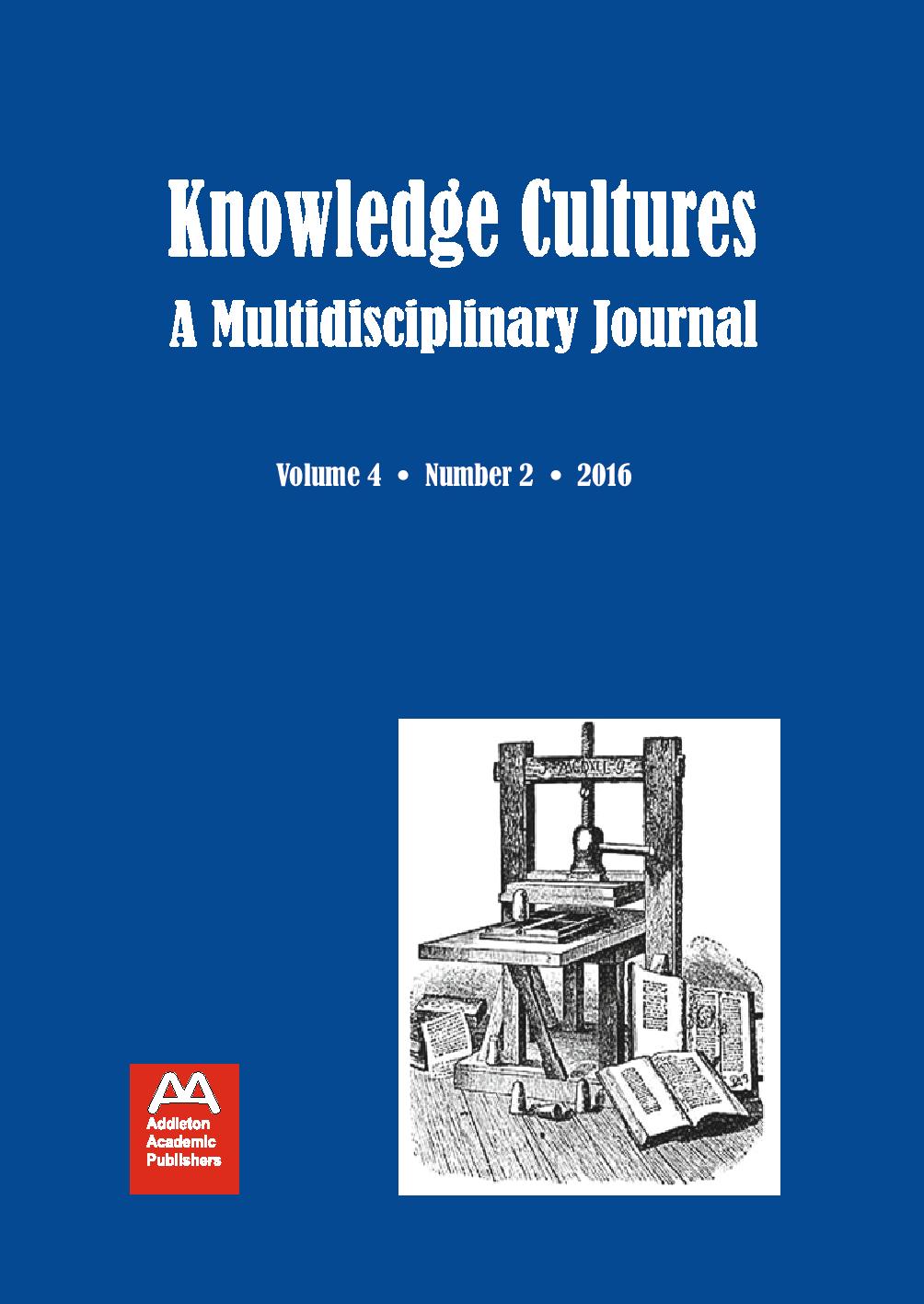POWER IN THE CHILD AS A PROBLEM SOLVER: MAKING MATHEMATICAL PEOPLE AND THE LIMITS OF STANDARDIZATION
POWER IN THE CHILD AS A PROBLEM SOLVER: MAKING MATHEMATICAL PEOPLE AND THE LIMITS OF STANDARDIZATION
Author(s): Jennifer DiazSubject(s): School education, Vocational Education
Published by: Addleton Academic Publishers
Keywords: elementary math reforms; problem solver; equality; inclusion; standards-based; mathematical identity; difference;
Summary/Abstract: This article examines the use of the equal sign (=) in the Standards-based math reforms during the 1980s in the United States. Exploring the equal sign in the National Council of Teachers of Mathematics (NCTM) Curriculum and Evaluation Standards (1989) math problems, the aim is to highlight how notions of identity and difference are inscribed in the curriculum and set the standard for a certain kind of mathematical person. In other words, the analysis underscores how the use of the equal sign organized cultural norms for thinking and communicating in particularly mathematical ways – producing a common way of reasoning about how to make children into mathematically powerful problem solvers. On one level, then, the equal sign is analyzed as an element of the reformed curriculum in the United States during the 1980s. On another level, the equal sign is seen to embody cultural ways of organizing equivalence and difference between children. At both levels, the article investigates how mathematical and cultural notions of equality work to (re)organize math education for the equal benefit of everybody while simultaneously distinguishing who is not part of ‘everybody’.
Journal: Knowledge Cultures
- Issue Year: 4/2016
- Issue No: 02
- Page Range: 113-129
- Page Count: 17
- Language: English
- Content File-PDF

